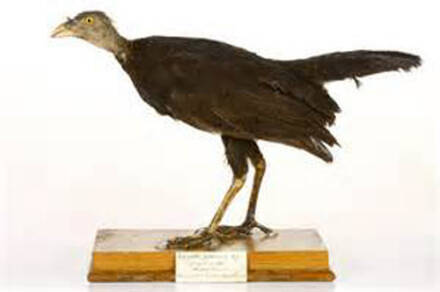
Talegalla jobiensis (Collared Brush-turkey) has two subspecies.Brown collar camp Megacanth alone and in pairs. Omnivorous, eating small invertebrates and a wide variety of foods on the forest floor. Shy and mysterious, but can perch in small trees and fly short distances, not long distances.The brow...
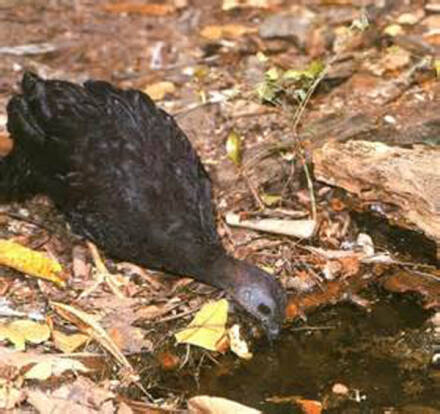
Talegalla fuscirostris (Black-billed Brush-turkey) has four subspecies.The black-billed camp Megacanth acts alone and in pairs. Omnivorous, eating small invertebrates and a wide variety of foods on the forest floor. Shy and mysterious, but can perch in small trees and fly short distances, not long d...
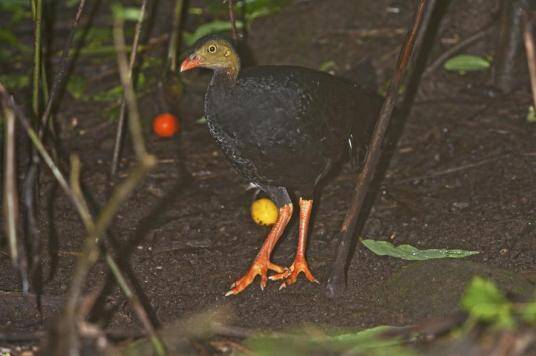
Talegalla cuvieri (Red billed Brush-turkey) has two subspecies.Red billed Camp Pheasants act alone and in pairs. Omnivorous, eating small invertebrates and a wide variety of foods on the forest floor. Shy and mysterious, but can perch in small trees and fly short distances, not long distances.They d...
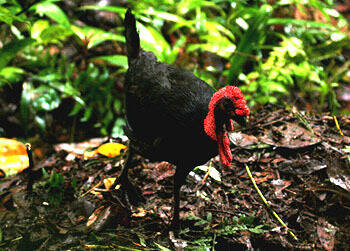
Its scientific name is Aepypodius bruijnii, and its foreign name is Bruijn's Brush Turkey. It has a special nesting habit. It does not incubate its own eggs, but lays its eggs in the accumulation of humus, sand and volcanic ash, which is incubated by natural heat.Protect wild animals and elimina...
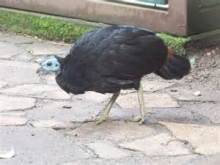
Wattled Brush-turkey (Aepypodius arfakianus) has a special nesting habit. It does not incubate its own eggs, but lays them in humus deposits, sand and volcanic ash, and incubates them by natural heat.Listed on the International Union for Conservation of Nature (IUCN) 2016 Red List of Threatened Spec...